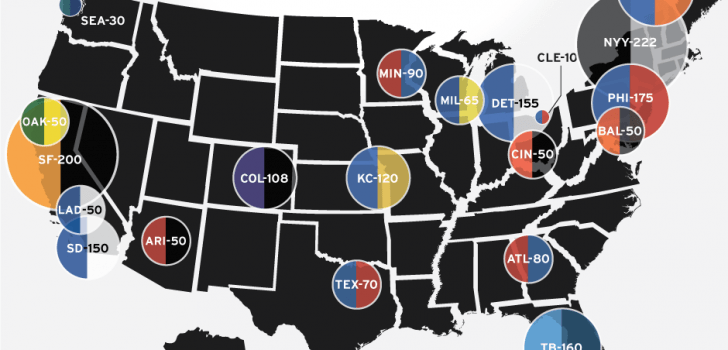In a move designed to either give Moscow a false sense of security, or give the U.S. military a wake up call, the Defense Department has “admitted” its forces are not prepared for an all out war with Russia in Europe.
The admission by two defense officials follows a review of several classified exercises over the last few months which showed, among other things, the number of precision-guided munitions available to U.S forces was below what would be needed, and that it would be hard to sustain a large troop presence in some conflict zones if Russia attacked NATO allies.
“Could we probably beat the Russians today in a sustained battle? Sure, but it would take everything we had,” one of the defense official said. “What we are saying is that we are not as ready as we want to be.”
In June, the U.S. military also took part in Allied Shield, four major field exercises with 19 NATO partners 15,000 troops and in March, while on the other side of the coin, Russia had in April conducted military exercises deploying 80,000 personnel.
One of the officials said as well as the on-ground exercises, a “tabletop exercise”, a kind of in-office war game, “told us that the wars in Iraq and Afghanistan have depleted our sustainment capability.”
During the height of the Cold War, there were 250,000 U.S. military personnel deployed in Europe. After the first Gulf War, that fell to 91,000 and today there are just 31,000.
Military experts over the last few months have been saying that Russia under President Putin was an “existential threat” to the U.S. Russia’s invasion of Ukraine has not quenched that view.
Yet these views are not shared by all within the Pentagon, at least not “officially”. Everyone acknowledges that Russia has 4,000 nuclear weapons, and an increasingly erratic leader, but there appears to be little agreement on how big a threat Russia is to the U.S.
One U.S. intelligence official said “A war between Russian and NATO is an unlikely scenario given the severe repercussions Russia would face. In addition to the overwhelming reaction it would provoke, Russia’s aging military equipment and strained logistical capabilities make a successful offensive attack a very difficult proposition for them. “In short, direct conflict with Russia is a low probability, high-risk situation. The challenge of Putin’s erratic leadership is that low probability events are slightly more probable.”
Military experts said the U.S. still holds the winning cards in many ways but there are severe limits to that advantage. For example its air power would be relying on well used fighter pilots and limited maintenance abilities for their planes, with surveillance drones needing to be transferred from other conflict zones.
One expert said “Against an adversary like Russia, we can’t take the kind of air dominance we’ve had in conflicts since 9/11 for granted. Any conflict of significant magnitude against an adversary like Russia means we’d need to commit airmen and resources that are now operating in other parts of the world at a rate that minimizes their ability to train for that kind of fight.”
He added, “We may very well be able to provide the airpower that would allow us and our allies to prevail in a high-end fight, but the current state of our air forces definitely doesn’t make that a sure bet.”
One of the military experts said the focus of the recent military exercises was on “what each side sees as its most exposed areas, with NATO concentrating on the Baltic States and Poland whilst Russia is focusing primarily on the Arctic and High North, Kaliningrad, occupied Crimea, and its border areas with NATO members Estonia and Latvia,”
Outgoing Chief of Staff of the U.S. Army, Army Gen. Raymond Odierno, in his final briefing with reporters, said NATO exercises conducted in Europe showed ” even small challenges” that could have “outsized impact” in a war against Russia.
“One of the things we learned is the logistical challenges we have in Eastern Europe. For example, Eastern Europe has a different gauge railroad than Western Europe where U.S. has traditionally trained, so moving supplies is more difficult. So we are learning.” he said
Odierno also warned that “only 33 percent” of the U.S. Army’s brigades were currently sufficiently trained for a war with Russia.
But despite the fears expressed within the Pentagon, many other Government officials are not as worried. They say the Pentagon’s stated worries are a way of seeking leverage against budget cut threats.
Senior fellow at the Washington D.C. based Center for American Progress, Lawrence Korb said the Pentagon was using Russian aggressions over recent years to fight budget battles.
He said the U.S. spends $600 billion on defense compared to Russia’s $60 billion, Russian weapons are not as modern, and that Putin has laid to rest his planned $400 billion military upgrade.
“We’d clean their clocks.[Russian troops are not that good. They are not as modern. I think the military took advantage of recent Russian aggression because it has become clear we would not use large ground armies” to confront groups like the self proclaimed Islamic State.” he said.




















